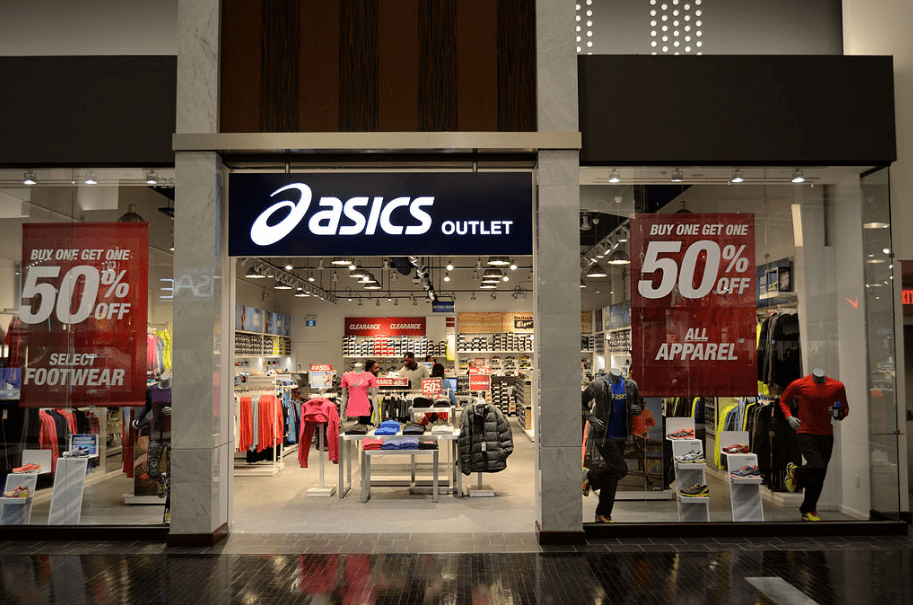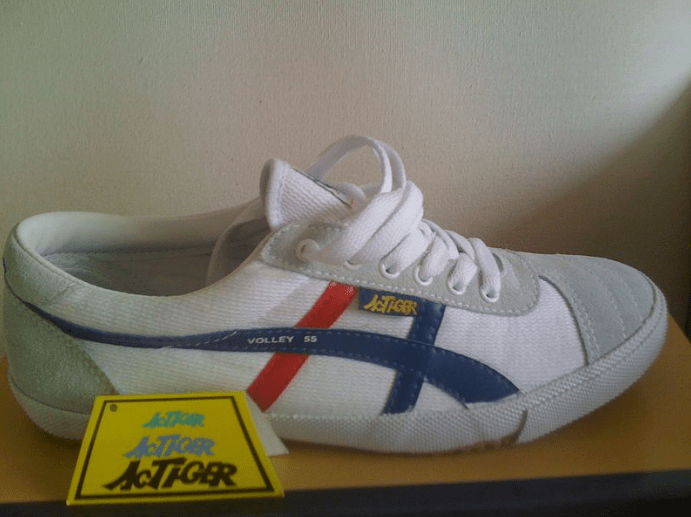One of the Asian sportswear companies that have made a significant presence on the global market, Asics (often written as “ASICS”) is a multinational Japanese company founded in 1949 – 15 years before the world’s top sneakers company Nike was born.
Did you know that the early history of Asics and Nike was once tied to each other? It’s because they used to be business partners, with Nike (as Blue Ribbon Sports then) being a licensed distributor of Asics’ famous Onitsuka Tiger shoes. Without Asics, there would be no Nike. For Asics, this statement is true – very much, unfortunately. Most companies would collapse if their licensed distributor used their products not only to launch its own business but one that would inevitably overshadow its own.
However, Asics is not one of those unlucky “most companies.” More than just a running shoes and sneakers company, Asics prides on its long, colorful, and rich history that few other brands can match. We will get there a little later how Nike and Asics crossed paths, became business partners, and eventually severed their partnership and went on their ways and built their own names further.
Asics was one of the sportswear brands founded following World War II. Its founder, Kihachiro Onitsuka, was working a regular job in Kobe, Hyogo Prefecture, Japan, when he noticed that sneakers were in short supply. So, he founded his company Onitsuka Company Limited on September 1, 1949, and started manufacturing basketball sneakers.
Onitsuka later produced a wide range of Olympic sneakers, which were used by athletes in Japan and all over the world. The company became particularly renowned for its “Mexico 66” design with its distinctive crossed stripes, which are now synonymous with the company brand. Martial arts star Bruce Lee was one of those celebrities to popularize this design.
The Onitsuka Tiger
Onitsuka’s first basketball shoe poised to become the company’s blueprint moving forward. Being the first shoe bearing the Tiger mark, Onitsuka went on to trademark “Onitsuka Tiger.” Mr. Onitsuka focused on refining the final details of the shoe, such as adding cups and small spaces in the soles.
The Onitsuka Tiger shoes became a smash hit throughout Japan in the early 1950s. The success prompted the company to focus on producing athletic shoes for sports other than basketball. By 1955, the company had increased its business to over 500 sports shops across Japan.
Early partnership with Nike (as Blue Ribbon Sports)
In 1963, American businessman Phil Knight traveled to Japan and struck a deal with Onitsuka to license its shoes to the US through his new company. Knight, a former University of Oregon track athlete and a fresh graduate from Stanford, established Blue Ribbon Sports in 1964 with his business partner and former coach Bill Bowerman. Blue Ribbon Sports was made a licensed distributor of Onitsuka Tiger shoes. In its first year of business, Blue Ribbon Sports sold 1,300 pairs of Onitsuka Tiger shoes grossing $8,000 – and sales would even go greater after that.
Bowerman introduced the new design that would provide the right support for runners with a cushioned inner sole, a soft sponge rubber at the forefoot and top of the heel, a hard sponge rubber in the mid-heel, and a firm and durable rubber outsole.
The new design, “Tiger Cortez,” proved to be a smash hit for BRS. Unfortunately, though, the success also meant brewing conflict between the company and Onitsuka Tiger. By 1971, BRS and Onitsuka Tiger had severed their partnership. Both companies filed a lawsuit against each other, with BRS, which had now rebranded itself as Nike, retaining the naming rights to the Cortez shoes.

Croatian tennis star Novak Djokovic endorsed Asics footwear from the start of the 2018 season
From Onitsuka to Asics
In the 1970s, Onitsuka sought to diversify its products – exploring from ski gear to sports apparel – while doubling down on international expansions by opening offices and factories in many parts of Europe and the US.
In 1977, Onitsuka merged with other companies, GTO and JELENK, to create Asics. The name is an acronym of the Latin phrase anima sana in corpore sano, which means “(a) sound mind in a sound body.” But despite the company’s name change, Asics still manufactures and markets shoes under the Onitsuka Tiger label.
Asics has unveiled some of the best and most influential sneakers silhouettes. These include the SKYSENSOR (known as “X-Calibur” outside Japan), launched in 1980. It was the first Asics footwear to feature the EVA midsole and at the time one of the lightest sneakers on the market.
Asics’ research lab continued to work on improving their sneakers. In 1986, it launched the GEL midsole technology. It consists of a soft elastomer (gel) strategically placed in a solid construction for stability and durability. Since then, Asics has upgraded this technology no less than nine times since its debut, focusing on the gel’s size growth, its ability to absorb shock, weight reduction, improved durability, a move to the forefoot, and a softer composition.
In 1987, Asics released the GEL-Lyte for the world market. It quickly became the brand’s flagship product. Equipped with the innovative GEL cushioning and a lightweight design, the GEL-Lyte has been one of Asics’ iconic sneakers.
Since then, Asics’ running shoes, basketball shoes, and trainers have often been ranked among the top performance shoes on the world market.


